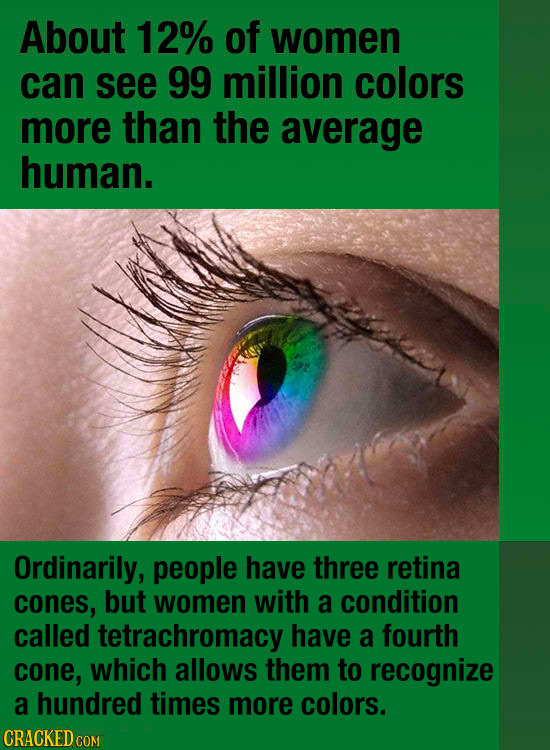Unveiling Allure: Which Eye Colour is the Most Attractive? A Deep Dive into the Science of Eye Appeal
Guide or Summary:Introduction: The Power of Eye ColourThe Psychology Behind Eye Colour AttractionCultural Influences on Eye Colour PreferenceScientific Stud……
Guide or Summary:
- Introduction: The Power of Eye Colour
- The Psychology Behind Eye Colour Attraction
- Cultural Influences on Eye Colour Preference
- Scientific Studies on Eye Colour and Attractiveness
- Personal Preferences: The Subjectivity of Beauty
- The Role of Makeup and Fashion in Eye Colour Appeal
- Conclusion: Embracing Diversity in Eye Colour
Introduction: The Power of Eye Colour
When it comes to physical attraction, eye colour plays a pivotal role in how we perceive beauty. The question, "which eye colour is the most attractive?" has intrigued many, leading to endless debates and discussions across cultures and communities. Eyes are often referred to as the "windows to the soul," and their colour can evoke emotional responses and influence perceptions of personality traits. In this article, we will explore the allure of different eye colours, backed by scientific studies and cultural insights, to answer the question of which eye colour truly captivates the heart.
The Psychology Behind Eye Colour Attraction
Research suggests that eye colour can impact how individuals are perceived in terms of attractiveness. For instance, studies indicate that lighter eye colours, such as blue and green, are often associated with youthfulness and vitality. This perception can lead to a preference for these colours in romantic contexts. Conversely, darker eye colours, like brown and black, are frequently linked to warmth and reliability, making them equally attractive in different contexts.

Cultural Influences on Eye Colour Preference
Cultural background plays a significant role in shaping our preferences for eye colour. In some cultures, lighter eyes may be seen as a symbol of beauty and desirability, often linked to notions of rarity and uniqueness. In contrast, darker eyes may be celebrated for their depth and intensity. Understanding these cultural nuances can provide insight into why individuals might gravitate towards certain eye colours over others.
Scientific Studies on Eye Colour and Attractiveness
Several scientific studies have attempted to quantify the appeal of various eye colours. One notable study found that men and women alike rated blue eyes as the most attractive, followed closely by green eyes. The reasons for this preference could be evolutionary, as lighter eye colours are less common globally, making them stand out. However, other studies have shown that brown eyes are often perceived as more trustworthy and dependable, suggesting that attractiveness is not solely based on colour but also on the emotions and associations tied to it.
Personal Preferences: The Subjectivity of Beauty
While studies provide general insights, personal preferences vary widely. Many individuals may have a strong attraction to specific eye colours based on personal experiences, relationships, or even media influences. For example, someone may find hazel eyes particularly enchanting due to a beloved family member or a favorite character in a film. This subjectivity highlights that beauty is not a one-size-fits-all concept, and the answer to "which eye colour is the most attractive?" may differ from person to person.
The Role of Makeup and Fashion in Eye Colour Appeal
Makeup and fashion can significantly enhance the attractiveness of eye colour. Certain eyeshadows, eyeliners, and even contact lenses can accentuate or alter the appearance of eye colour, making them more captivating. For instance, warm tones can make brown eyes pop, while cool shades can enhance the brightness of blue and green eyes. This versatility allows individuals to experiment with their looks, further expanding the definition of what is considered attractive.

Conclusion: Embracing Diversity in Eye Colour
In the end, the question of "which eye colour is the most attractive?" does not have a definitive answer. Beauty is subjective, influenced by personal experiences, cultural backgrounds, and individual preferences. Whether one is drawn to the striking allure of blue eyes, the mysterious depth of brown, or the enchanting sparkle of green, it is essential to embrace the diversity of eye colours and the unique beauty each one holds. Ultimately, attraction is a complex interplay of various factors, and eye colour is just one of the many elements that contribute to the captivating tapestry of human beauty.